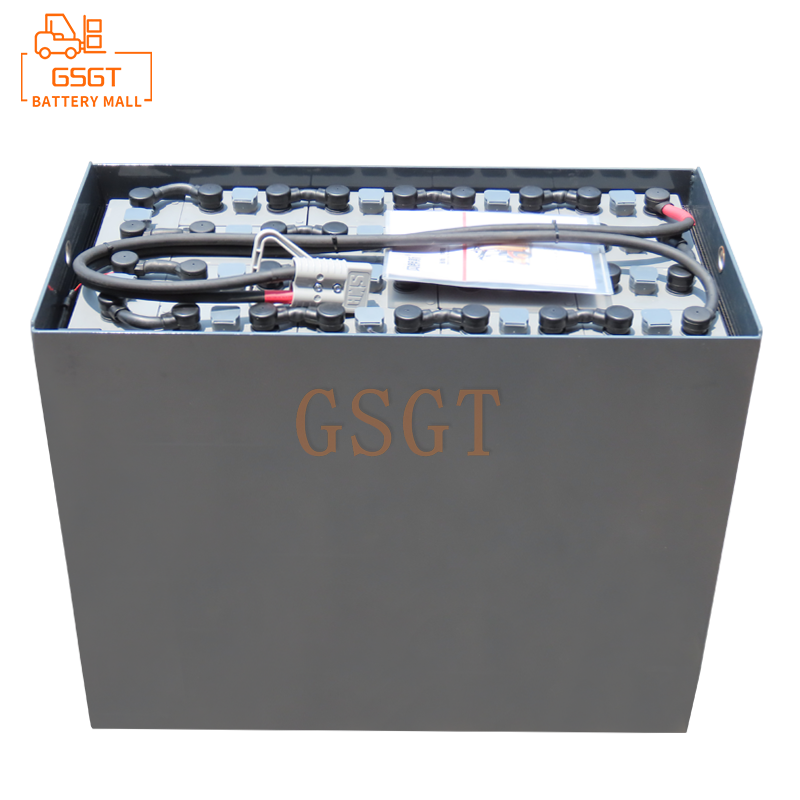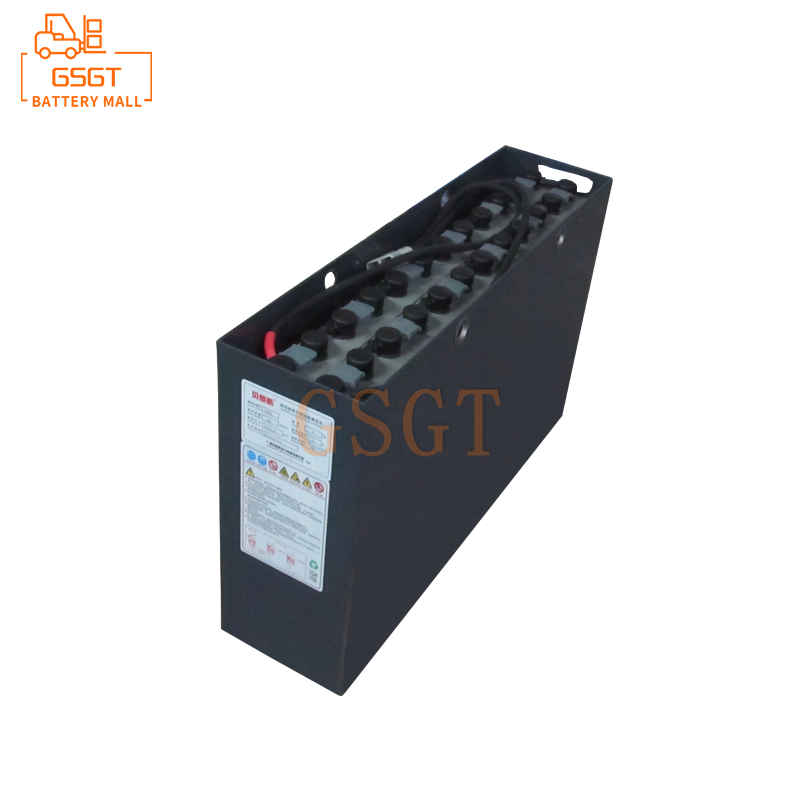Time:2025-03-26 09:45:44
Browse:504
In modern society, lead-acid batteries, with their advantages of low cost, mature technology and good high-rate discharge performance, are widely used in many fields such as automobile start-up, backup power supply of communication base stations, and electric bicycle power. However, the hidden environmental concerns behind it can not be ignored, from production to recycling of the whole life cycle, lead-acid batteries pose a series of challenges to the environment and public health.
## Environmental pollution caused by lead-acid batteries
The main components of lead-acid batteries include lead plate, sulfuric acid electrolyte and so on. In the production process, lead smoke, lead dust and acid wastewater discharge are the main pollution sources. Some small, backward process production enterprises, lack of effective waste gas collection and treatment system, lead smoke diffuse in the workshop, and the lead content in the surrounding atmospheric environment is serious. According to relevant statistics, some lead-acid batteries are produced in concentrated areas, and the concentration of lead in the atmosphere can reach several times the national standard. At the same time, the acidic wastewater produced in the production process contains a large number of heavy metal ions such as lead, antimony and arsenic, which will cause irreversible pollution to soil and water if it is discharged directly without the standard treatment. In one area, for example, under the influence of wastewater discharge from a nearby lead-acid battery plant, the lead content in the sediment of the surrounding river exceeds the background value by tens of times, and the soil downstream of the river also shows obvious heavy metal enrichment.
Although the use of the link is relatively "quiet", but as the number of lead-acid batteries continues to rise, a large number of batteries that have reached the service life will become a "time bomb" if improperly disposed. At present, the number of lead-acid batteries scrapped every year in China is huge, and the recovery rate of regular recycling channels is less than half. Many waste batteries flow into illegal dismantling small workshops, these workshops use simple manual dismantling methods, sulfuric acid electrolyte is dumped at will, lead plate open burning to extract lead, pungent smell is diffuse, waste residue waste water wanton discharge, causing serious damage to the local ecological environment.
## Environmental challenges brought by lead-acid batteries
Behind the environmental problems of lead-acid batteries are complex technical, economic and social management problems. From the technical point of view, although advanced lead-acid battery production processes continue to emerge, such as internalization processes can reduce lead smoke emissions, but some enterprises due to capital, technical transformation difficulties and other reasons, still use the traditional high-pollution production methods. In the field of recycling, efficient, low-cost lead recycling technology has been slow to spread. The existing recycling technology either has a low recovery rate, resulting in a waste of resources, or large equipment investment, high operating costs, making many recycling enterprises prohibitive.
Economic factors also limit the achievement of environmental goals. On the one hand, the lead-acid battery market is highly competitive, and some enterprises have insufficient investment in the construction and operation of environmental protection facilities in order to reduce costs. On the other hand, formal recycling enterprises face problems such as high recycling prices of used batteries, imperfect recycling networks, high operating costs, weak profitability, and it is difficult to compete with illegal recyclers. Illegal recyclers do not have to bear the cost of environmental protection, and obtain high profits by purchasing used batteries at low prices, disrupting the market order and further aggravating the pressure on environmental protection.
Social governance also faces challenges. The production, sales, use and recycling of lead-acid batteries involve many departments, and there are cross-cutting and blank regulatory responsibilities, resulting in insufficient regulatory synergy. At the same time, the public has insufficient awareness of the environmental harm of lead-acid batteries, and lacks the awareness to actively participate in recycling, and some consumers discard or sell used batteries at will to facilitate the purchase of individual vendors, providing a source of raw materials for illegal dismantling.
## Solutions to environmental concerns of lead-acid batteries
In order to solve the environmental problems of lead-acid batteries, a multi-pronged approach is needed. In terms of technological innovation, the government and industry associations should increase support for the research and development of environmentally friendly production technology, encourage enterprises to carry out industry-university-research cooperation, research and development and promotion of green production processes, such as new lead paste formula, lead-free welding technology, etc., to reduce pollutants from the source. In the recycling process, accelerate the research and development of advanced lead recovery technology, improve lead recovery and recovery purity, and reduce energy consumption and pollution emissions. For example, the recycling technology based on the combination of physical separation and chemical refining is promoted to achieve efficient recycling of lead resources.
In terms of economic policy, the government can guide enterprises to increase investment in environmental protection through tax incentives, financial subsidies and other means. Tax breaks will be granted to enterprises that adopt environmentally friendly production processes and build a sound recycling system, and pollution charges will be raised for enterprises that fail to meet environmental standards. At the same time, establish a reasonable price subsidy mechanism for waste battery recycling, improve the market competitiveness of formal recycling enterprises, and compress the space for illegal recycling. For example, according to the amount of waste battery recycling to give enterprises a certain subsidy, encourage them to expand the recycling network, improve recycling efficiency.
At the social management level, the supervision responsibilities of various departments should be further clarified and collaborative supervision should be strengthened. The ecological environment department strengthened the environmental supervision and law enforcement of production and recycling enterprises, and severely cracked down on illegal emissions and dismantling behaviors; Market supervision departments standardize the order of the lead-acid battery market, strengthen the supervision of the sales link, and prevent unqualified products from flowing into the market. In addition, it is also necessary to strengthen environmental publicity and education and raise public awareness of environmental protection. Through media publicity, community science and other means, let the public understand the environmental harm of lead-acid batteries, guide consumers to turn used batteries into regular recycling outlets, and form a good atmosphere for the participation of the whole society.
Lead-acid battery environmental protection is a serious and urgent problem. Only through the collaborative efforts of technological innovation, economic policy guidance and social management optimization can the green and sustainable development of the lead-acid battery industry be achieved, and the ecological environment and public health can be effectively protected while meeting the extensive needs of the society.

$1105

$1270

$2140

$1060

MESSAGE
Professional And Efficient
Security
Affordable Price
Professional Services